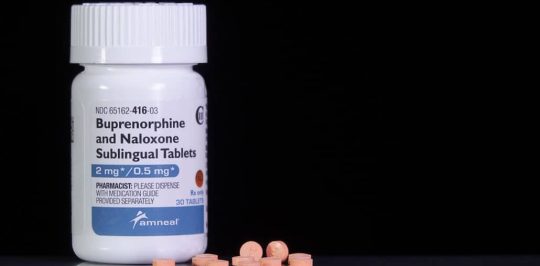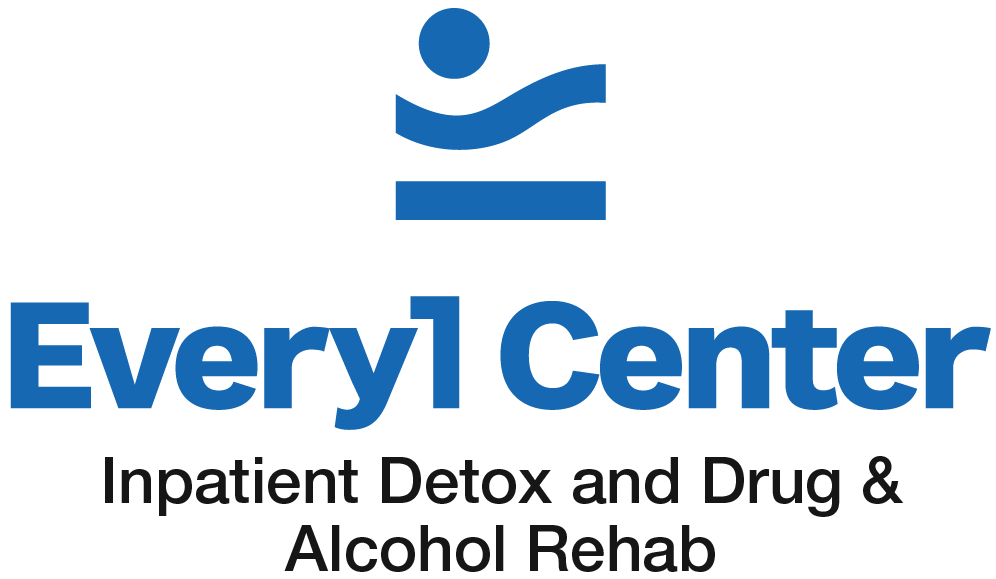What Is Suboxone?
You might have heard about Suboxone clinics or got to know someone who uses Suboxone sublingual films and wondered: what is Suboxone, and what does it treat?
Suboxone is a prescription drug often used to help people overcome opioid addictions.
The name doesn’t refer to a single medicinal compound, though. Instead, two main components make up a drug that’s sold in the US under the trade name Suboxone.
How does Suboxone work, who can benefit from it, and where does it fall short? Read on to find out.

Suboxone at a Glance
Before we dive into the details, let’s start with a quick overview of the drug’s profile:
- Class: Partial opioid
- Active Components: Buprenorphine and naloxone
- Indication: Treatment of opioid dependence (FDA-approved since 2002)
- Dosage Form: Sublingual film
- Strengths: 2 mg/0.5 mg, 4 mg/1 mg, 8 mg/2 mg, and 12 mg/3 mg
- Schedule: Schedule III drug
- Manufacturer: Indivior Inc.
- Other Trade Names: Zubsolv, Cassipa, and Bunavail (from different companies)
How Suboxone Works
To understand how Suboxone works to help people recover from opioid addiction, we have to first look at what it’s made of. After all, Suboxone is just a trade name for sublingual films.
What’s inside those films? Well, if you use Suboxone, you’ll be mainly taking buprenorphine and naloxone.
Then, if you take a look at the strengths, you’ll see that the two components are always mixed in a 4:1 ratio, with buprenorphine being the larger portion (80%).
Together, buprenorphine and naloxone suppress cravings, control withdrawals, and reduce the risks of abuse or overdosing.
Here’s how:
Buprenorphine Reduces Opioid Cravings
So, buprenorphine is the key component in the Suboxone films, and it just happens to be an opioid.
It probably sounds counterproductive to treat heroin, codeine, morphine, or fentanyl addiction with another opioid.
However, buprenorphine is a special case; it’s a partial agonist, not a full one. This means it will bind to the same receptor as the other opioids. After that, the drug will produce euphoria but at a much lower level.
As a result, the patient will get just enough rush to keep the cravings away. Hopefully, they’ll be able to push through the withdrawals until their recovery treatment plan is over.
It’s a simple principle, and it’s what made buprenorphine the first anti-opioid abuse drug to get approved by the FDA.
Naloxone Prevents the High
The reason why naloxone was added to buprenorphine in Suboxone is to suppress the “high” and keep people from abusing the sublingual films.
Think of it as the gatekeeper—the technical term is opioid receptor antagonist, though.
It basically just reverses the expected action of other opioids. So, if an addict takes Suboxone seeking euphoria, odds are they won’t get the “high” they’re after. In fact, they’ll probably just go through withdrawals instead.
Starting Suboxone Treatments
To get started on Suboxone, you have to have a prescription. It’s a controlled substance, after all. The catch here is that only 3% of all physicians in the US can actually prescribe drugs with buprenorphine.
Don’t lose hope; many recovery clinics use the buprenorphine-naloxone combination in their medication-assisted treatment (MAT) programs.
Now, there might be a few questions popping up in your head—What is this treatment like? How long does it last? To what extent is it successful?
These are fair questions; let’s break them down.
Treatment Plan
When a patient visits one of those clinics, they’ll first go through an assessment phase. Next, they’ll have to be off the addictive opioids and start showing signs of withdrawal before being put on an induction dose of Suboxone.
The reason why the treatment works best in clinics is that the recovering addicts will need help overcoming the withdrawals. Plus, adjusting the doses can be a tricky feat for non-healthcare professionals.
For instance, the induction dose is usually done with the lower Suboxone strengths (2 mg/0.5 mg or 4 mg/1 mg). However, the very next day, the amount might increase to a total of 16 mg/4 mg. Moving on, the dose will be tailored to the patient’s needs.
Duration
When does it all end?
The MAT program will taper off to a maintenance dose that the patient takes once every day. When the patient gets to stop Suboxone hinges on their progress.
Some people might have to use the treatment for months. Others keep it going for years. The goal is to get sober, and people get there at different rates.
Success Rates
There’s no guaranteed success rate for Suboxone, but researchers found the buprenorphine-naloxone combined treatment retained 75% of the patients. Within 4 weeks, 18% tested negative for opiates.
That might not sound like much at first, but when you consider that the placebo group ended up with 6% negative urine tests, you’ll see that the MAT did make a difference.
Limitations of Suboxone Treatments
Although Suboxone could help in cases of opioid dependency, it’s not without its flaws.
Here’s why:
It’s Not a Cure-All
Suboxone works best for people who are addicted to short-acting opioids, such as:
- Heroin
- Codeine
- Oxycodone
- Hydrocodone
On the other side of the equation, Suboxone sublingual films might not be an ideal MAT option for methadone addicts.
It’s Abused Sometimes
All drugs could potentially be abused, and Suboxone is no exception.
Sure, buprenorphine isn’t as potent as other opiates, and its euphoria has a lower ceiling. Yet, someone could misuse the sublingual films, which is still a form of addiction that needs to be treated.
It’s Not Always Available
Suboxone isn’t always easy to find. For instance, one study found that 45.5% of New Mexico’s acute care hospitals didn’t have buprenorphine-naloxone treatments.
It’s Not Free of Side Effects
Unfortunately, Suboxone treatments come with their own set of side effects, including:
- Headache
- Insomnia
- Nausea
- Vomiting
Final Words
Suboxone isn’t a magic fix for opioid addiction, but it can help people overcome the opioid cravings that keep the cycle going.
Just like with other MATs, Suboxone relapses are possible. So, it’s crucial that the patients stick to the treatment protocols and use other forms of therapy along the way.
